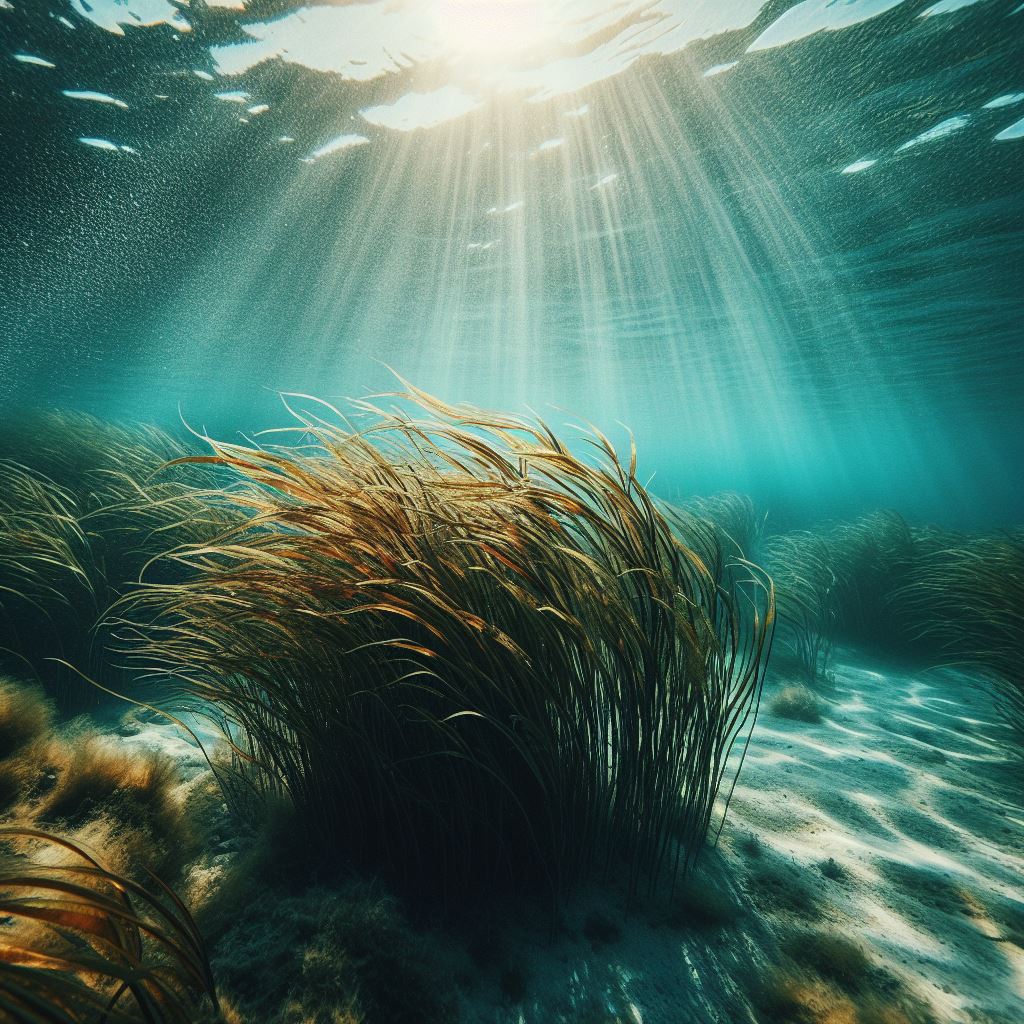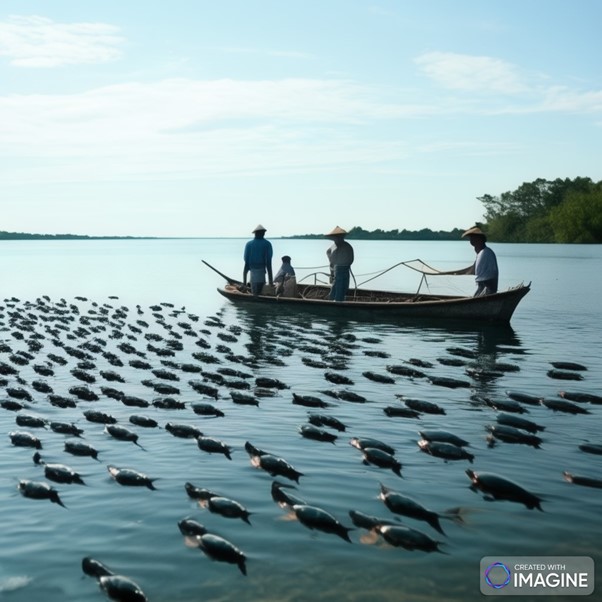Written by: Dr Norulhuda Mohamed Ramli
Adoption of a recirculating aquaculture system (RAS) by farmers is getting common due to the system ability to control water quantity and quality. Nitrification, which converts harmful ammonia into nitrite, and nitrite into nitrate, is an important process in a RAS. Nitrate is a form of inorganic nitrogen which can be tolerated by fish if below 1000 mg L-1 for fresh water species, and 500 mg L-1 for marine water species (Colt et al., 2006). The RAS culture water must be discharged should nitrate exceed the tolerated level.
Discharging a high nitrate concentration water into the environment is not sustainable and could be unfavorable. One way to solve this issue is by integrating microalgae culture in the RAS. The microalgae will use the nitrate for growth and thus, reducing its concentration in the water. Nonetheless, microalgae integration in the RAS is not widely applied due to differences between the RAS and microalgae culture system configurations (Ramli et al., 2020). A RAS practice short hydraulic retention time (HRT), between 30 minutes to a few hours, depending on the tank size, to avoid the wastes accumulation in the system (vanRijn, 2007). In contrast, a microalgae culture system needs a long HRT, between 2 to 3 days so that microalgae could uptake nutrients efficiently (Takabe et al., 2016). A high HRT will require a large volume or surface area for the microalgae culture which could incur additional cost for aquaculture production. Nevertheless, if the production of high value microalgae could be realized in a RAS, the microalgae could be a source of income for the farmers as well as increasing sustainability of aquaculture activity. Therefore, continuous efforts are done by I-Aquas researchers to allow microalgae to be integrated in the RAS efficiently.
References
Colt, J., Lamoureux, J., Patterson, R., and Rogers, G. (2006). Reporting standards for biofilter performance studies. Aquac. Eng. 34, 377–388. doi:10.1016/j.aquaeng.2005.09.002.
Ramli, N. M., Verreth, J. A. J., Yusoff, F. M., Nurulhuda, K., Nagao, N., and Verdegem, M. C. J. (2020). Integration of Algae to Improve Nitrogenous Waste Management in Recirculating Aquaculture Systems: A Review . Front. Bioeng. Biotechnol. 8, 1004.
Takabe, Y., Hidaka, T., Tsumori, J., and Minamiyama, M. (2016). Effects of hydraulic retention time on cultivation of indigenous microalgae as a renewable energy source using secondary effluent. Bioresour. Technol. 207, 399–408. doi:10.1016/j.biortech.2016.01.132.
vanRijn, J. (2007). “Denitrification,” in Recirculating Aquaculture, eds. M. B. Timmons and J. M. Ebeling (NY: Cayuga Aqua Ventures), 369–390.
Date of Input: 29/07/2022 | Updated: 29/07/2022 | m_fakhrulddin
MEDIA SHARING




























